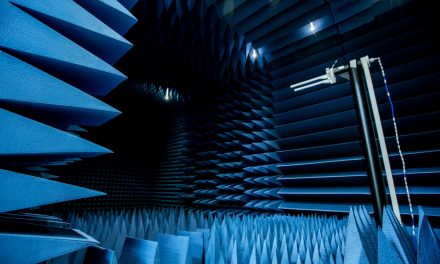Three Driving Forces Behind Electronics Manufacturing Reshoring

SOURCE: Cogiscan Blog
Reason #1: Less Savings in Offshoring
Additionally, the unforeseen expenses of offshore operations have come to the forefront, notably the challenge of maintaining product quality when manufacturing is dispersed across the globe. As profit margins have slimmed down, compromises in product quality have become more common, putting the reputation of well-established companies at risk when poorly managed.
The U.S. government is also actively pursuing initiatives aimed at revitalizing domestic manufacturing and bringing back manufacturing jobs to the United States. Recognizing the importance of a robust manufacturing sector for economic growth and national security, various policies and incentives have been put in place to encourage companies to invest in American production, making re-shoring beneficial for many companies.
Reason #2: Reducing Supply Chain Risks

One pivotal aspect of this technological shift involves the implementation of Inventory Management software. This type of software empowers companies to monitor their inventory levels at multiple stages of the supply chain in real-time. By doing so, they provide an invaluable tool for decision-makers to make informed choices regarding inventory adjustments. This dynamic control over inventory levels not only aids in preventing shortages, which can lead to production halts and customer dissatisfaction, but also guards against overstock situations that tie up key resources (capital and warehouse space).
Companies are also embracing Advanced Planning & Scheduling software. This software is instrumental in modeling and simulating diverse supply chain scenarios, with a special focus on assessing the potential impact of various risk events. By running these simulations and live adjustments, businesses can gain invaluable insights into the vulnerabilities and contingencies within their supply chains. This data-driven approach allows manufacturers to craft resilient strategies for risk mitigation, ensuring that their operations remain uninterrupted even in the face of unforeseen disruptions.
In a rapidly changing global landscape, the fusion of technology and supply chain management (incl. re-shoring) proves to be a strategic imperative for companies seeking to maintain agility, respond effectively to market dynamics, and bolster their resilience against unforeseen challenges.
Reason #3: Increasing Quality Control and Intellectual Property

Conclusion
In summary, the resurgence of re-shoring in electronics manufacturing is driven by a trifecta of factors. First, the diminishing cost benefits of offshoring, amplified by increased expenses and exacerbated by the disruptions caused by the COVID-19 pandemic, have led companies to reconsider their outsourcing strategies, especially in the United States where government support further incentivizes domestic production.
Second, the imperative need to reduce supply chain risks has spurred the relocation of manufacturing closer to core markets, bolstered by the integration of advanced software solutions for real-time inventory management and scenario planning.
Third, re-shoring’s emphasis on quality control and intellectual property protection allows companies to maintain rigorous standards, swiftly address issues, and safeguard proprietary technologies against counterfeiting and intellectual property theft, making it an appealing choice for businesses striving to maintain their competitive edge in the dynamic landscape of electronics manufacturing.












